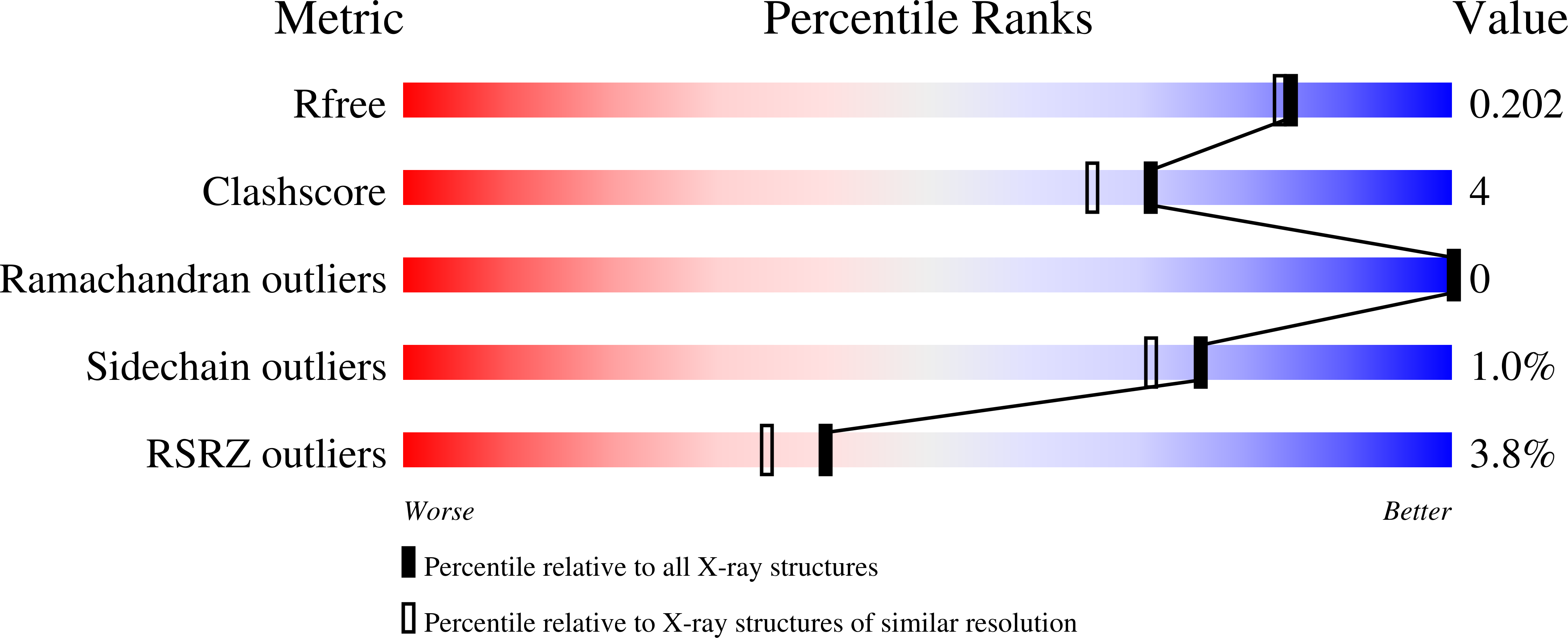
Deposition Date
2021-05-20
Release Date
2022-06-01
Last Version Date
2024-01-31
Entry Detail
PDB ID:
7OLU
Keywords:
Title:
Structure of the N-terminal domain of BC2L-C lectin (1-131) in complex with a synthetic beta-C-fucoside ligand
Biological Source:
Source Organism:
Host Organism:
Method Details:
Experimental Method:
Resolution:
1.79 Å
R-Value Free:
0.19
R-Value Work:
0.13
Space Group:
P 63


